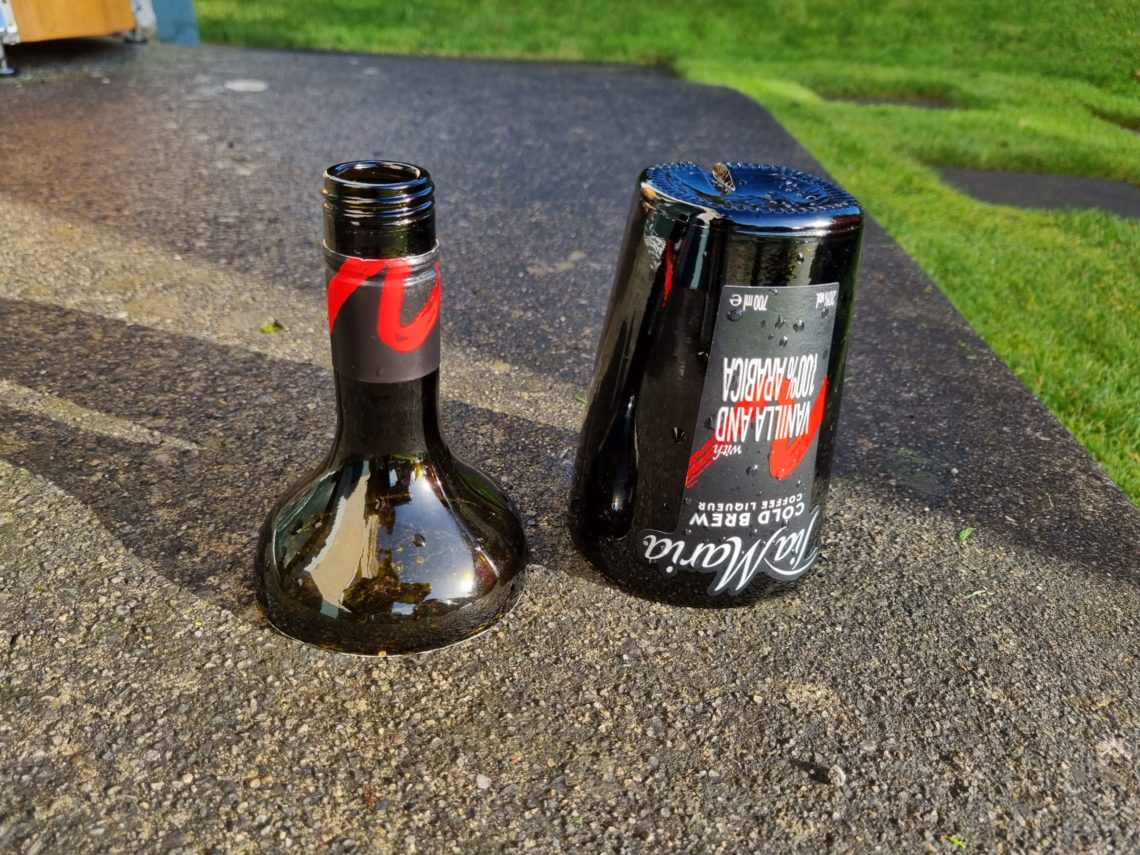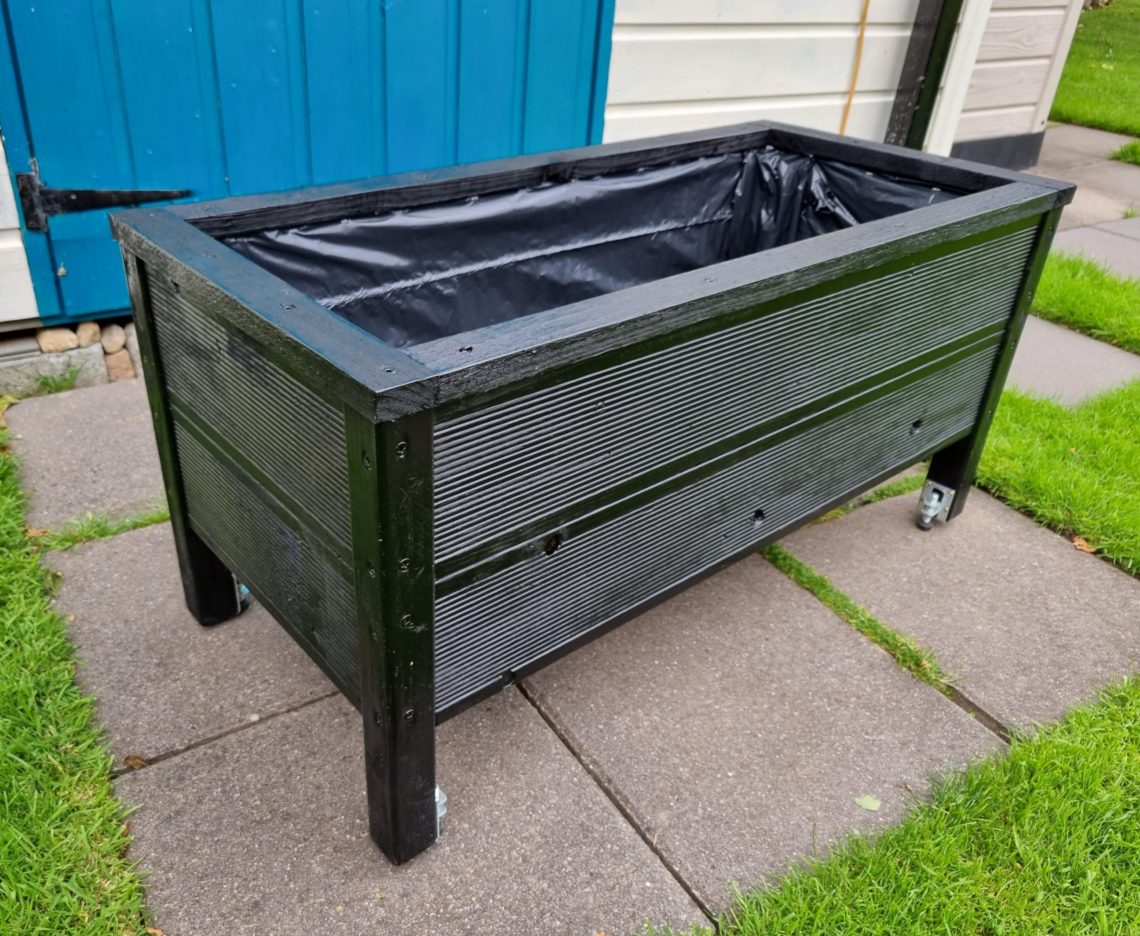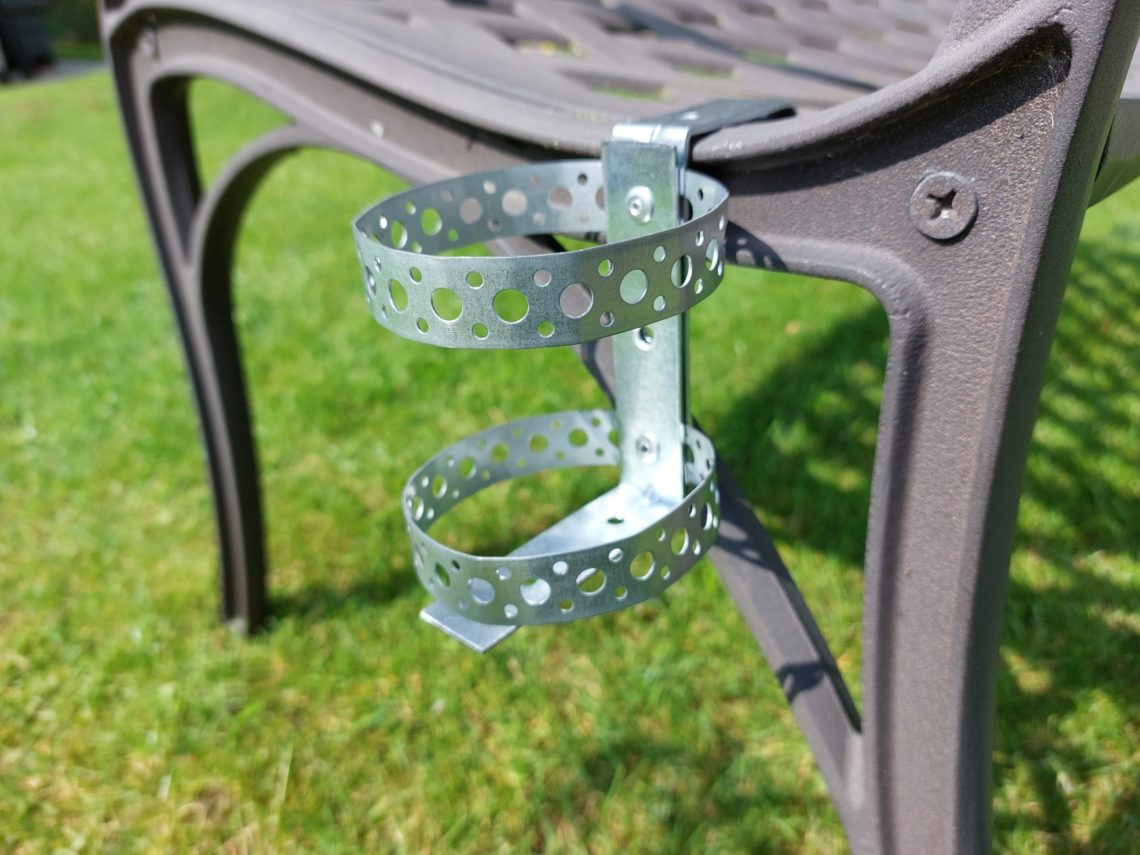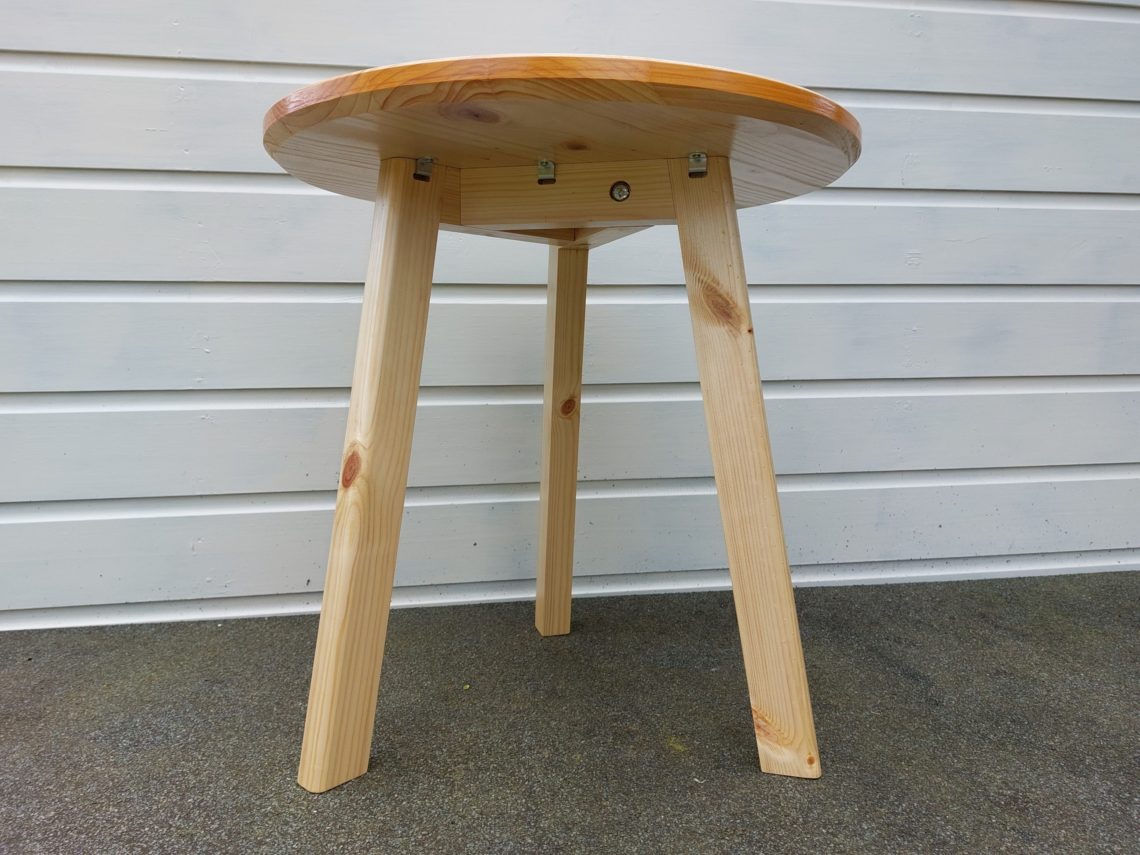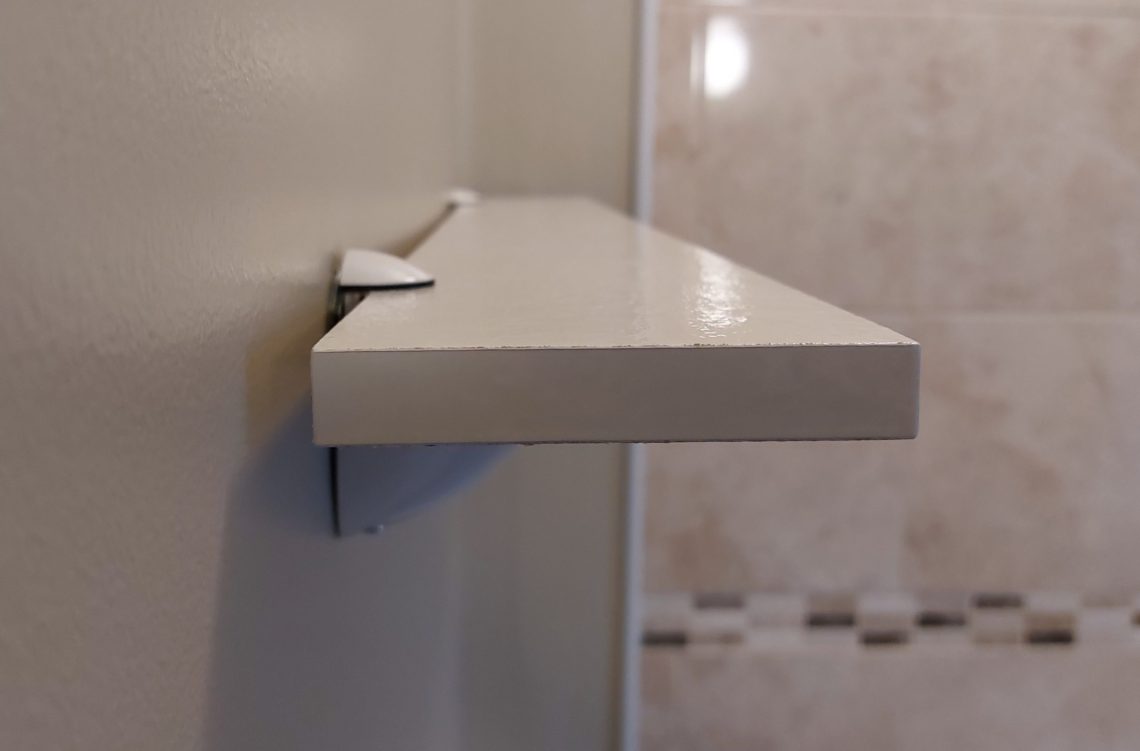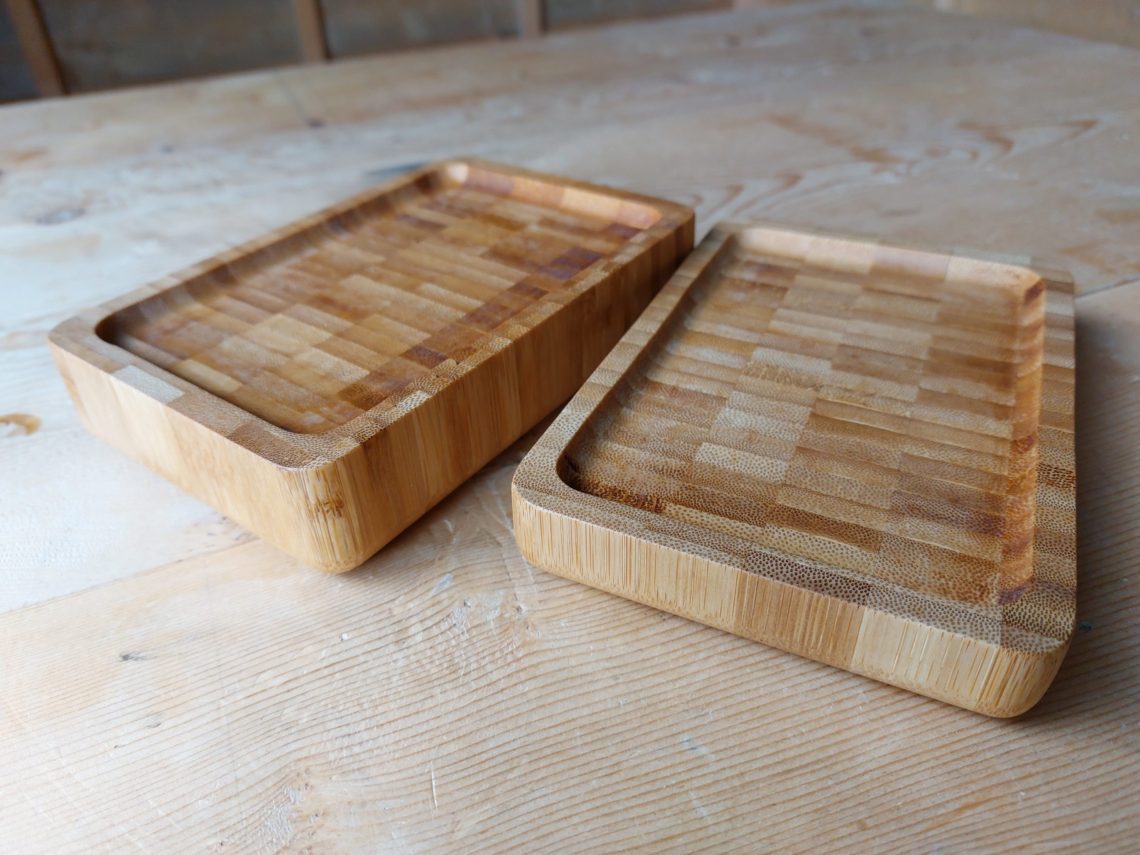-
Tia Maria glass
That wasn’t the first Tia Maria bottle I attempted to cut, but this time, it finally cracked the way I wanted. The process of separating the bottom from the top is usually unpredictable, so when the results are satisfying, I can’t help but jump for joy. I also employ an alternative glass-cutting method using a rotary tool, but this particular technique is my favourite due to its time efficiency. The jig I made years ago still performs good – I use it with the same C-clamp, only occasionally refreshing the wooden base and cutters for maintenance purposes. The workpiece is…
-
Revived wood planter
Created from reclaimed wood that was brought back to life after being discarded and left in the bushes for about 18 months. Not everything could be reused, but I managed to save a few boards that were tucked deeper in the pile and had less damage from the weather and nature. They still needed cleaning and drying, but after the prep work was done, they were fine for small outdoor projects. I checked them for staples, nails, and embedded stones, and once I was satisfied, I gave them a second chance. Most of them were decking boards and 2x4s –…
-
Garden bench drink holder
This is one of those projects that can be built in just 15 minutes, on a whim. Although similar holders can be found online in almost every Far East marketplace, my project competes in both price and delivery time. Additionally, it can be customized to fit any garden bench and accommodate preferred drink containers, such as cans, bottles, or travel mugs, making it a winner in this competition. The drink holder is built with galvanized steel banding and angle brackets, both of which are widely available at any hardware shop. It is held together with rivets and requires no finishing.…
-
All DIY-ed floating shelf with a bracket
This shelf is entirely made from scratch, both the wooden board, as well as the metal bracket, are shop-made. They’re built using basic and widely available materials with no welding involved. The shelf bracket is held in place with 2 and not 4 screws, making drilling in concrete a little easier, faster and generating less noise. Unlike the other shelf I made in the past, this one uses a single and not double bracket rail, which seems to be less overkilling and more suitable for a light shelf like this. I am not a big fan of drilling in concrete…
-
Mitre saw storage rails
Due to my limited storage space, these two saws – table and new mitre saw – must be stacked when stored. That way I can squeeze out the most space possible and thanks to the rails, both saws stay securely in place, one on top of the other, even if knocked accidentally, they won’t fall. To make the rails, I reused a couple of old pallet boards from a disassembled towel rack (that explains the notches cut in them), additionally, I used a couple of bolts, wing nuts and advertisement wall fixings. The leftovers of yellow paint I used were…
-
3-legged coffee table
This table is a reproduction of a coffee table available at Jysk Stores, with a solid wood tabletop instead of glass. The tripod legs are typically designed to look best with a transparent top, but since I couldn’t use glass, I had to opt for wood. Although my table isn’t an exact copy of Jysk’s, it’s based on it, and all the dimensions and angles are similar. I must admit, however, that a glass tabletop would look nicer if I had the option to make one. To build these legs, I used timber that I had stored for some time,…
-
Cedarised plywood box
The box itself is made exclusively from plywood – 18 mm light in colour, on the front, back and bottom and 5 mm, slightly darker, on the sides. It uses dowel joinery as well as rebate joints and it’s all glued up, with no metal fasteners used, the only metal parts are the handles. Unlike the project it replaced, a crate that I made in the past, which had too many visible fasteners and was very prone to seasonal wood shrinkage, this box was designed to be metal free and to withstand air moisture changes. The biggest challenge of using…
-
Neckless Cointreau bottle
Using a rotary tool to cut glass had not been attempted in my workshop before that project. I had always used a glass cutter and dipped the workpiece alternately in icy and boiling water. That method worked okay, but it was quite unpredictable, with a failure rate of roughly 50 per cent, which meant that one out of every two attempts was a reject. That was still acceptable for me since all the material was free, but it was sometimes frustrating to see a rare bottle cracked in a way I didn’t want. Additionally, the old-school method had other limitations,…
-
Drywall shelf
I had never tried those drywall anchors prior to that project. I’d always wanted to, but I was a little petrified of them. However, I knew I needed to step out of my comfort zone if I wanted to take on more challenging DIY projects. So, I did some research and decided to give those anchors a try. It turned out that there was no need to use a setting tool to install them, which reduced the project’s cost. Additionally, the shelf brackets were reused from another project, and the board was free, so it looked like a perfect upcycling…
-
Set of trivet trays
A segmented, end-grain bamboo chopping board, that cracked along a few lines, couldn’t be used in the kitchen anymore, but it could be cut into smaller pieces and reused. This set of 2 trays is the last part of a bigger project, there were 3 other attempts, successful ones, at upcycling this chopping board. I’ve already made 2 coasters and a soap tray. These trivets are made for use with glass jar candles, they are supposed to block the heat and protect the surface underneath. They will become particularly useful when candles are getting burned out and the flame is…
